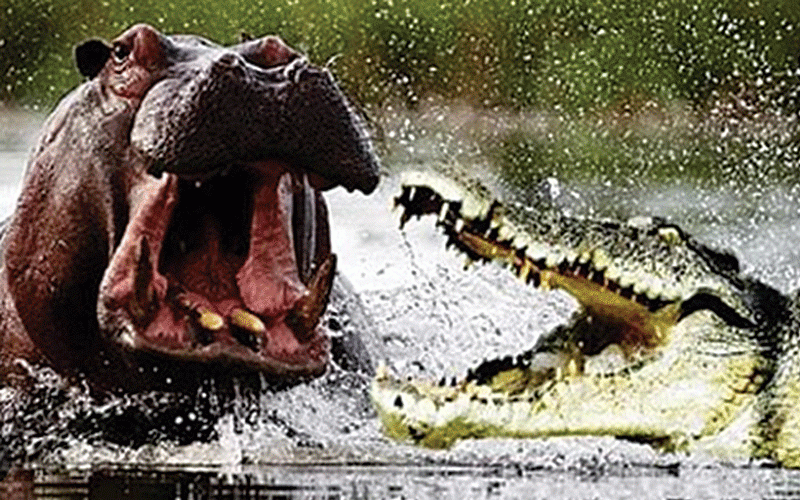
DANCEHALL music is by any measure the in-thing on Harare’s showbiz scene, if not Zimbabwe as a whole. SILENCE CHARUMBIRA
The rise of Jamaican culture has more or less been due to the huge number of artistes from that country touring Zimbabwe changing the landscape of local showbiz.
Coupled with the high unemployment, youths in the ghetto have found solace in the genre as they get some kind of occupation.
What has kept the genre going is the unity among the artistes, unlike urban groovers who were at one time occupying the same space at the top of the country’s music.
Urban groovers seemed too disjointed, but dancehall musicians have united to become one vibrant front.
But while that is laudable, dancehall has its curses on society that we will have to live with for all our lives.
The major facets of dancehall music in its infancy were dancing, violence and sexuality and a while much later, drugs have also become part of the message.
According to search engine Wikipedia, it was social and political changes in the late 1970s in Jamaica that gave birth to the genre, breaking away from the more internationally-oriented roots reggae towards a style geared more for local consumption.
- Chamisa under fire over US$120K donation
- Mavhunga puts DeMbare into Chibuku quarterfinals
- Pension funds bet on Cabora Bassa oilfields
- Councils defy govt fire tender directive
Keep Reading
“Themes of social injustice, repatriation and the Rastafari movement were overtaken by lyrics about dancing, violence and sexuality,” Wikipedia reads.
This is the same culture that we have inherited in Zimbabwe and it appears the artistes are making an exact copy of the dreadful template laden with social vices.
I watched in awe on Sunday afternoon at a venue in Warren Park that has been put up as a township tourism venue while two huge girls wriggled unrestrainedly, defying their voluptuous frames and dancing to explicit music.
To make matters worse, the blurring speakers were set facing the direction of residences which are a few metres away and one feels for the mothers who have to bring up their children in such an environment.
Typically, a number of dancehall musicians have taken to the traits of reggae and their content attests to that.
Their behaviour of boycotting shows too has the same roots.
For any promoter, engaging a dancehall musician is the best way of making sure you do not incur losses, given the musician does not abscond, that is.
That coupled with technological advancements that have enabled anyone to access and play music at the least cause has made the infiltration of the genre rage on unabated.
I was shocked when I heard my four-year-old son singing Soul Jah Love’s Gum Kum with so much innocence oblivious of the meaning of the song.
The National Arts Council’s decision to nominate Guspy Warrior’s Seunononga for a national award is ample proof of how deep the genre’s roots have sunk in.
Jacob Moyana of the Munotidako fame has been lambasted left, right and centre for his lurid lyricism even when it is clear his intention is to seek attention.
It will only take a few months for Moyana to prove himself as either a genuine talent or a disheartened musician crying to be recognised in the cut-throat sungura scene.
But it will take a lifetime to clean our consciences if we passively regurgitate cultures we know very little of.











